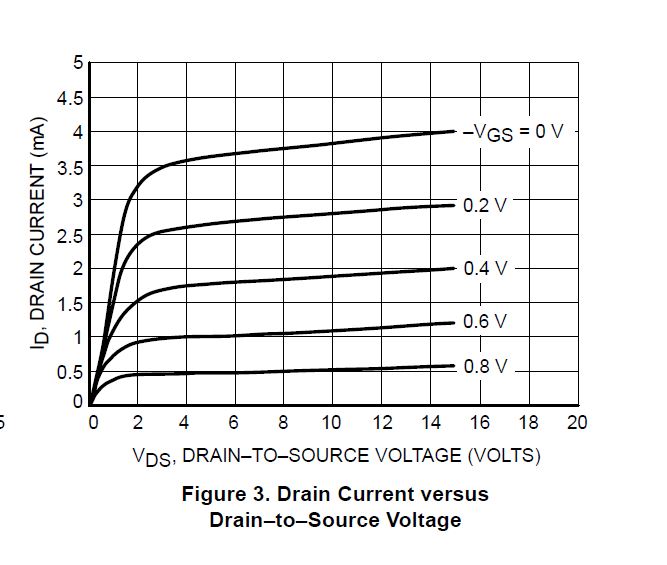I have an application where I need to be able to drive an LED without a resistor. Adding a resistor is not an option. I then must be able to blink the LED on or off by shunting to ground.
LED Specs: Vf = 2.2V, I (nominal) = 20mA
Would either of these configurations be viable? For the op amp, I would look for a component with an output short circuit current that's within the range of what an LED would need. For the MOSFET, I would need something in saturation at 5V, that can then have the current lowered by adjusting Vgs.
Is there a better solution or IC on the market that does this already? An LED driver of some kind? The only other condition is that the driver must drive the anode side of the LED.
Engineering reasons for doing this:
If an LED was accidentally wired without a resistor it will not get destroyed. That's basically it. Convenience. The end user can operate an LED with or without the resistor. Optional.
Another example of why you would do this. Lets say you want to detect whether an enable pin is held to ground or not, without pulling current away from the pull-up.

simulate this circuit – Schematic created using CircuitLab








